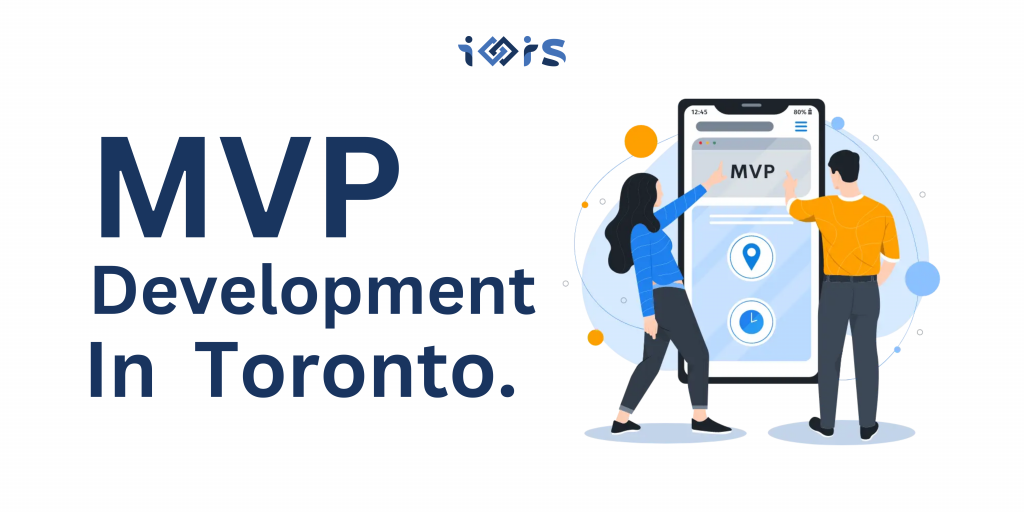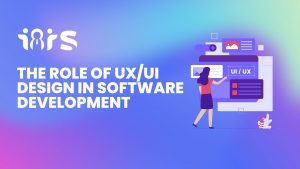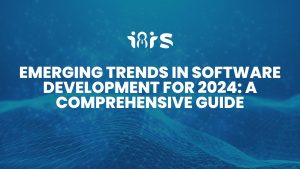Across the globe, fledgling startups, particularly those in their infancy, grapple with common challenges such as limited manpower, financial constraints, and uncertainty about market viability. For aspiring digital entrepreneurs, these hurdles often act as barriers that deter many from pursuing their ideas. In the midst of these challenges, embracing Minimum Viable Product MVP development emerges as a strategic approach to navigate the complexities of startup initiation.
To address the scarcity issue, the concept of MVP, or minimum viable product, has emerged. While those well-versed in the digital space are likely familiar with MVP in software development, it is crucial for first-time entrepreneurs to delve into the concept.
Before delving into the technicalities of MVP development, let’s briefly explore the benefits of incorporating MVP into software development.
Role of MVP in Software Development
In addition to well-known advantages like rapid time-to-market and cost efficiency, MVP software development offers lesser-known benefits and plays various roles:
- User Feedback Incorporation: MVP facilitates the collection of early user feedback, enabling developers to enhance the product based on real user experiences.
- Risk Mitigation: Creating a scaled-down version at the outset helps identify potential risks and issues early on, reducing the likelihood of major setbacks later in the development process.
- Resource Optimization: By focusing on essential features, MVP helps optimize resource allocation, preventing unnecessary investment in non-crucial components.
- Market Validation: MVP serves as a method to test the product’s viability in the market, ensuring resources are invested in a product that meets user requirements.
- Early Revenue Generation: A well-designed MVP that meets user expectations can generate early-stage revenue, which can be reinvested in advanced product development.
- Iterative Development: MVP promotes an iterative development methodology, enabling continuous improvement based on user feedback and changing market conditions.
While these advantages can significantly impact entrepreneurs, they are meaningful only when translated into digital products. Understanding how to do this can make a crucial difference in the growth trajectory of an application.
Choosing MVP Features for Your Application:
For startups in the MVP development process, a common challenge is deciding which features to include. After analyzing the target audience, identifying their key challenges, evaluating competitors’ offerings, and conducting in-depth research, a list of features emerges that positions the application as the go-to solution. The next step involves prioritizing these features using the MoSCow matrix:
- Must-Have: Essential features.
- Should-Have: Significant functionalities, though not vital.
- Could-Have: Nice-to-have functionalities.
- Won’t Have: Functions of lower priority, potential for future addition.
Using this matrix helps finalize the features that will go into MVP software development.
Step-by-Step MVP Development Process:
The MVP development process involves several stages, each with its own timeline:
- Research and Planning (1-2 weeks): In-depth product discovery to understand the product, vision, competition, and user trends.
- Development Planning (less than 1 week): Concrete planning for MVP design, development, and launch, fixing technicalities and milestones.
- Development (2-6 weeks): Execution of discussions and planning, with designers, developers, and QA teams working in an agile mode to release product builds.
- MVP Version Launch: Once development is complete and stakeholders approve, preparations for launch begin. Marketing efforts focus on platforms with active users.
MVP Development Cost:
The cost of building an MVP can range from $15k to $200k, influenced by factors such as the number and complexity of features, applied design systems, platform choice, technology additions, and the location and team size of MVP development service providers.
MVP Services in Toronto:
As an entrepreneur seeking MVP development services, it’s worth noting that we offer our expertise in Toronto. I8IS – Infiniti Software Solutions team assists startups in their MVP development journey, ensuring market viability, conducting deep-level user, market, and competitors’ research, and selecting features that maximize feedback and acceptance from Day 0.
MVP vs. MMP:
Differentiating between MVP and MMP, the Minimum Viable Product is a basic version for validating ideas with limited UX and functionality. In contrast, the Minimum Marketable Product is ready for sale, offering a better-developed and improved overall user experience.
Conclusion:
MVP development for startups involves launching a critical-feature product to study user feedback and acceptance, aiming to gauge market acceptance before investing extensively in a full-fledged version. The duration of MVP development can vary between two to six months, depending on factors like feature complexity, platform choice, and technology additions.
The cost of MVP development ranges from $15k to $200k, determined by various factors. The main goal of developing an MVP is to assess market acceptance before launching a complete product. After MVP development, deployment prioritizes platforms with active users, followed by promotional efforts to maximize user attention.





